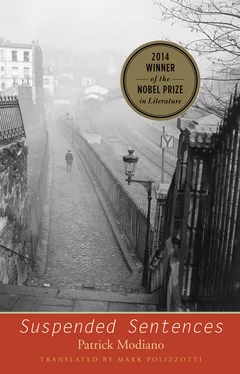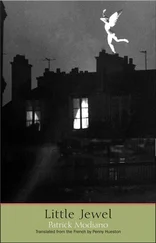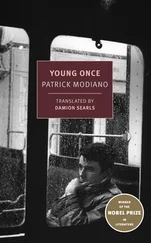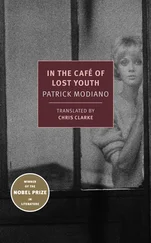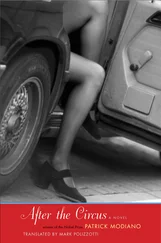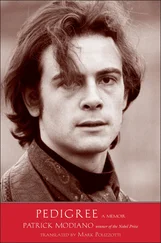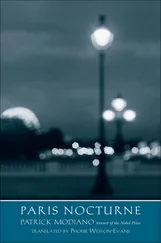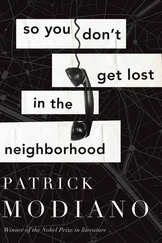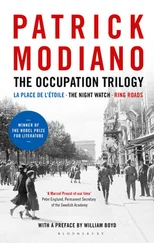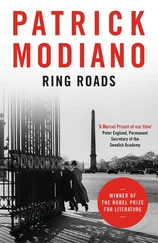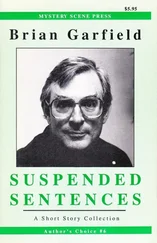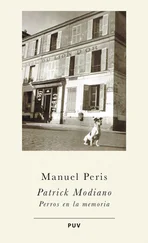Paris, February 15, 1954
To the Director
Dear Sir,
I am presently at the welcome center of the Salvation Army, on the barge at Quai d’Austerlitz, opposite the train station. There is a dining hall, showers, and the dormitory has heating. Last autumn, I spent several weeks at the shelter on Rue Cantagrel where I did some manual chores. I have no special qualifications, other than I have been employed since the age of 15 in the food services field (cafés, restaurants, etc.).
Here is a list of my various employments, since the beginning:
Waiter: From 1933 to 1939: La Flotte restaurant, 118 Quai de l’Artois, Le Perreux. From 1940 (demobilized) to June 1942: Café Les Tamaris, 122 Rue d’Alésia (14th). From June 1942 to November 1943: Le Polo, 72 Avenue de la Grande-Armée. From November 1943 to August 1944: Chez Alexis restaurant, 47 Rue Notre-Dame-de-Lorette (9th). From 1949 to 1951: night watchman at the Pension Keppler, 9 Rue Keppler (16th).
I am still under an injunction banning me from the Seine Department and I’ve lost all my papers.
In hopes that you might be able to help me.
Respectfully,
Lombard
Apart from that letter, the wallet contained a page from a magazine, also folded in four: the article related the events of that night in April 1933 when Urbain and Gisèle T. had drifted from Montparnasse to Le Perreux before returning to Rue des Fossés-Saint-Jacques in the company of two other couples. Several sepia photos illustrated the magazine page. One of them showed the restaurant-nightclub in Le Perreux, another the entrance of 26 Rue des Fossés-Saint-Jacques. At the top left, the photo of a very young man with slicked-down brown hair: I had no trouble recognizing the supposed Pacheco, despite the passage of time. The arch of the eyebrows, the straight nose, and the fleshy lips were the same. Next to the photo was a caption: “Charles Lombard, employee in a restaurant-nightclub in Le Perreux, had waited on the couple that evening.”
And so the man I had rubbed shoulders with for months was not named Philippe de Pacheco. He was a certain Charles Lombard, former café waiter, who frequented Salvation Army shelters, particularly the barge moored on the Quai d’Austerlitz. Why had he left me his suitcase? Did he want to teach me a lesson, show me that reality was more elusive than I thought? Unless he had simply abandoned these remains, certain of finding a new life in Casablanca or elsewhere.
Where and at what point had Lombard usurped Pacheco’s identity? The identity card dated from 1955. So Pacheco was still alive that year. The photo on the card showed the man I had known at the Cité Universitaire, whose real name was Charles Lombard, and who had artfully substituted it for Pacheco’s photo; it was even stamped by the Prefecture of Police. That evening, I went to 183 Rue Belliard, near the Porte de Clignancourt, and the concierge told me that there had never been an occupant of that building named Pacheco.
The law had no doubt given up on finding Pacheco. I learned that after a certain time, a decree of amnesty had been issued for the crime of “conspiring with the enemy.” In all likelihood, it was at that moment that Pacheco, emerging from the shadows, had procured himself an identity card.
I imagined him shuffling along, a vagrant silhouette. On the barge at the Quai d’Austerlitz, Lombard had been his bunkmate, had stolen his identity card. Moreover, anything was possible in that neighborhood, between the train station and the botanical gardens: night there is so deep, with its odors of wine and coal and its growling beasts, that a tramp could easily fall from the side of a barge into the Seine, could drown, and no one would notice.
Had Lombard been aware of Pacheco’s past when he swiped his identity card? In any case, he knew that Philippe de Pacheco called himself Philippe de Bellune and that he was a descendant of Maréchal Victor. I could still hear him telling me in his muffled voice in the Cité Universitaire cafeteria: “When I was younger, I used to go by the name Philippe de Bellune, but I had no real right to the title.”
In the dormitory of the barge at Austerlitz, Pacheco had opened up to Lombard and told him of his life. Why, on the identity card, was he said to be living at 183 Rue Belliard, in the eighteenth arrondissement? Was his mother still alive? Where? So many questions, the answers to which were no doubt buried in a file stored among countless others at the Prefecture of Police. One would also find the reasons for his internment at Dachau and his indictment for “conspiring with the enemy.” But how to access that file?
And what if Pacheco had continued to seek asylum in the various Salvation Army shelters? The loss of his identity card had meant little to him. He had already been dead a long time, as far as everyone was concerned … Maybe he’d never left the barge on the Quai d’Austerlitz.
Afternoons, he would wander along the river, or else he’d visit the Jardin des Plantes, then finish his day by sitting in the main hall of the Austerlitz station, before going back to the barge to have dinner in the dining hall and collapse on his bunk in the dormitory. And night fell on the quarter where my father, several years earlier, had also looked like a vagrant. Except that the Magasins Généraux, where they had locked him up with hundreds of others, was not the Salvation Army.
In his befuddled memory floated a few scraps of the past: The private hotel on Rue Greuze. The dog his grandparents had given him for Christmas. Meeting up with a girl with light brown hair. They had gone to the movies together, on the Champs-Elysées. In those days, he called himself Philippe de Bellune. The Occupation had come, bringing a host of people who also wore strange names and fake noble titles. Sherrer, alias “The Admiral,” Draga, Mme von Seckendorff, Baron de Kermanor …
I sat at a sidewalk table of one of the cafés facing the Charléty stadium. I constructed all the hypotheses concerning Philippe de Pacheco, whose face I didn’t even know. I took notes. Without fully realizing it, I began writing my first book. It was neither a vocation nor a particular gift that pushed me to write, but quite simply the enigma posed by a man I had no chance of finding again, and by all those questions that would never have an answer.
Behind me, the jukebox was playing an Italian song. The stench of burned tires floated in the air. A girl was walking under the leaves of the trees along Boulevard Jourdan. Her blond bangs, cheekbones, and green dress were the only note of freshness on that early August afternoon. Why bother chasing ghosts and trying to solve insoluble mysteries, when life was there, in all its simplicity, beneath the sun?
When I was twenty, I would feel relieved when I passed from the Left Bank to the Right Bank of the Seine, crossing via the Pont des Arts. Night had already fallen. I turned back one last time to see the North Star shining above the dome of the Institut de France.
All the neighborhoods on the Left Bank were only provinces of Paris. The moment I reached the Right Bank, the air felt lighter.
Today I wonder what I could have been fleeing by crossing over the Pont des Arts. Perhaps the neighborhood I had known with my brother, which wasn’t the same without him: the school on Rue du Pont-de-Lodi; the town hall of the sixth arrondissement, where they handed out the scholastic prizes; the number 63 bus that we waited for in front of the Café de Flore, which took us to the Bois de Boulogne … For a long time, I felt uneasy walking on certain streets of the Left Bank. At this point, the area has become indifferent, as if it had been rebuilt stone by stone after a bombardment but had lost its soul. And yet, one summer afternoon, turning onto Rue Cardinale, I rediscovered in a flash something of the Saint-Germain-des-Prés of my childhood, which resembled the old city of Saint-Tropez, without the tourists. From the church square, Rue Bonaparte sloped down toward the sea.
Читать дальше
